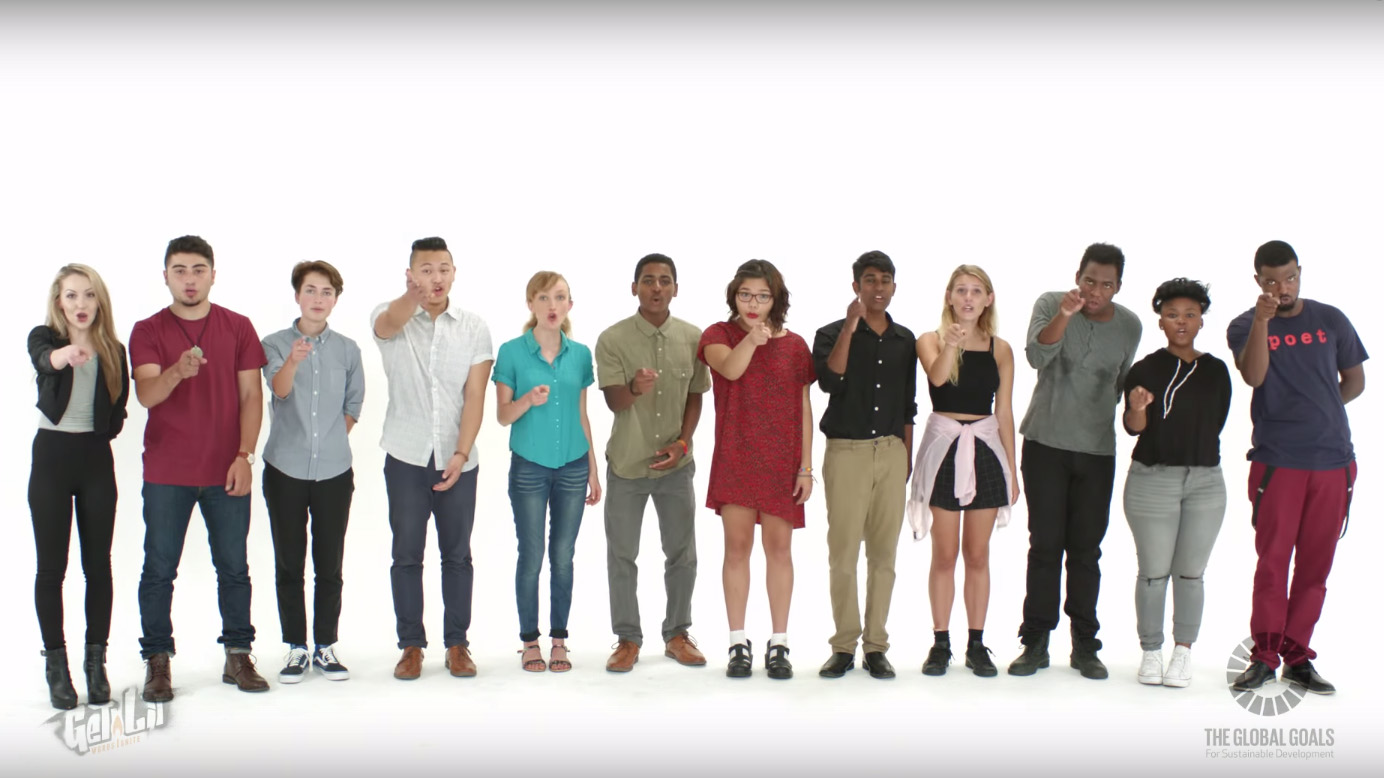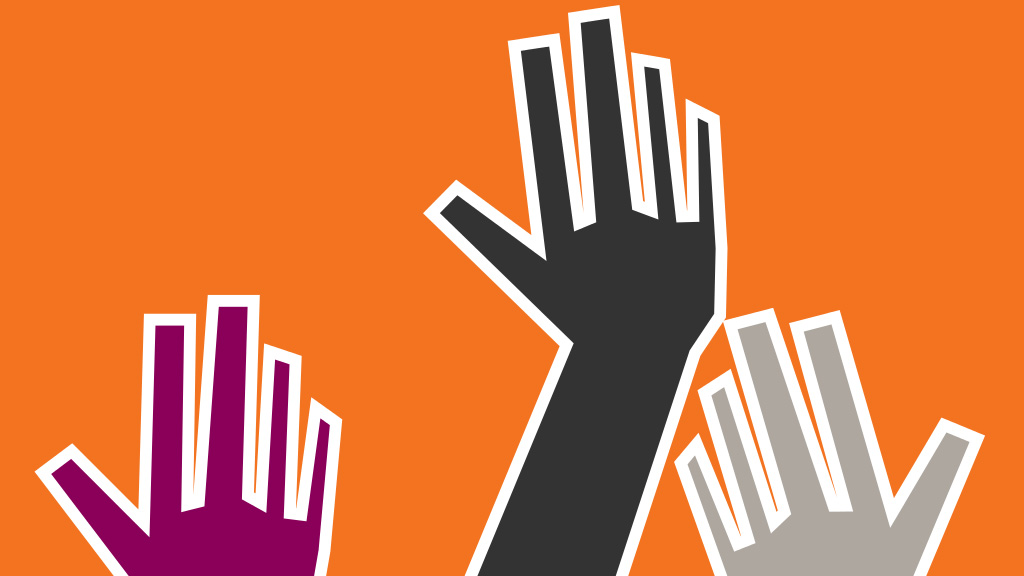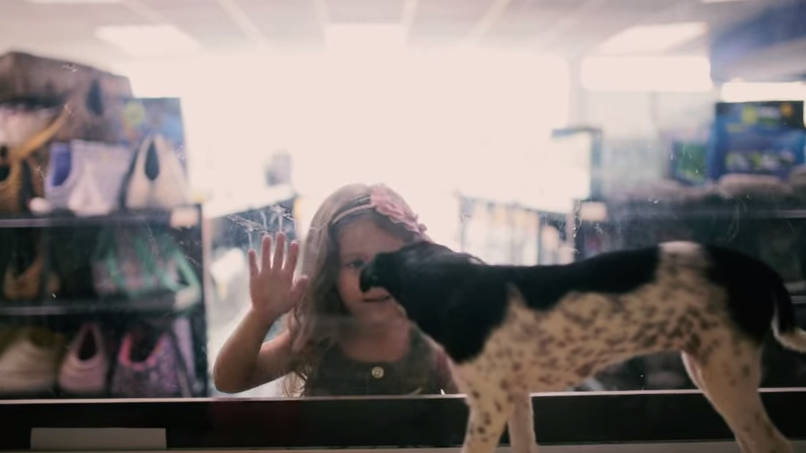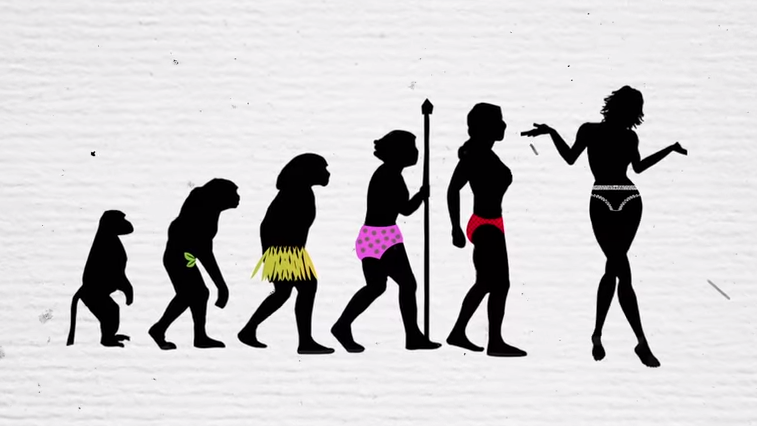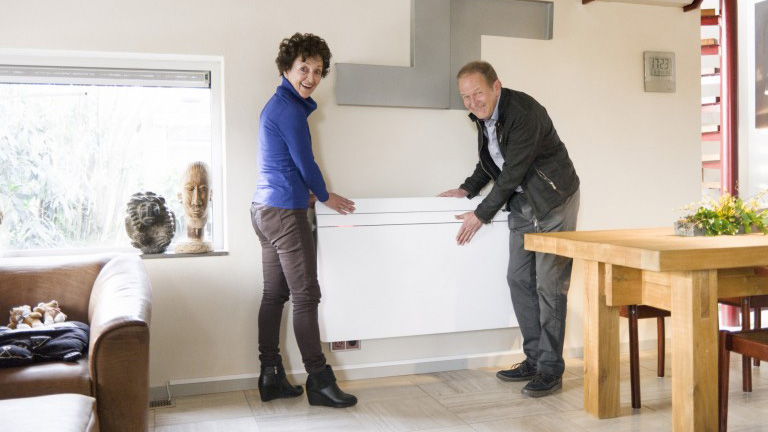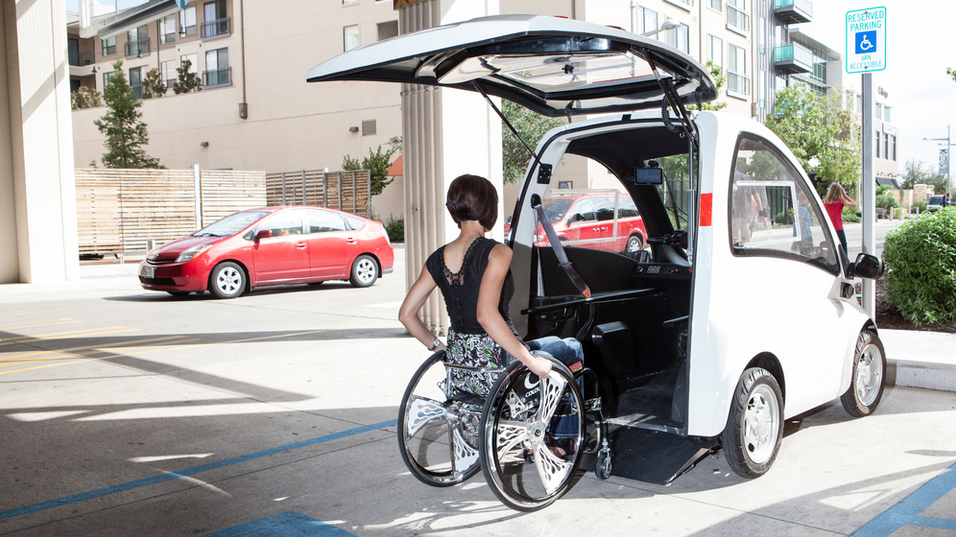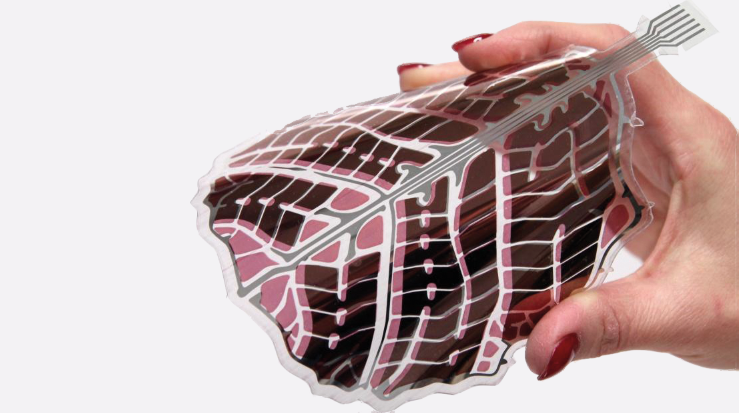Teodora Zareva
Contributing Writer, Big Think
Teodora Zareva is an entrepreneur, writer, board games geek and a curious person at large. Her professional path has taken her from filmmaking and photography to writing, TEDx organizing, teaching, and social entrepreneurship. She has lived and worked in the U.S. and Bulgaria and is currently doing her MBA at Saïd Business School at the University of Oxford. Her biggest passion lies at the intersection of media and youth development. She is the co-founder of WishBOX Foundation, a Bulgarian NGO that helps high school students with their professional orientation by organizing events, courses, summer camps and developing digital media resources.
First-of-its-kind CO2 air-capture demo plant is about to be completed in Canada.
Take part in the biggest media campaign in history and spread awareness of UN’s Global Goals for the next 15 years.
This company promises to not only improve your showering experience, but also help you use 70 percent less water.
As of 2014, outstanding student loan in the U.S. is $1.16 trillion. SponsorChange is helping graduates repay their loans by volunteering.
Did you know that in 2014 the top 25 hedge fund managers in the U.S. were paid a collective $11.6 billion?
One of UK’s biggest retailers shows us how zero waste to landfills is done.
Balancing Act is an online tool used by municipalities that gives residents the ability to look at and tweak their city’s budget so that there is no deficit.
Bruce Pon, the CEO and co-founder of ascribe, believes that creators should be at the center of the digital economy and that consumers, if provided with an easy and convenient way, will choose the option to reward the creators rather than pirate their work.
Blitab is similar to an e-book, but uses liquid-based technology to create small, physical bubbles that rise and fall on the surface on demand to display the necessary text or graphics.
Sensory Percussions reinvigorates music by giving drummers the ability to control electronic samples, synths, and audio effects with the artistry they have developed by playing their own acoustic drum kits.
Rear monitors on trucks, showing live footage of the road ahead, could significantly reduce overtaking mistakes.
This is really happening. And solar power is the key.
To help the trick-or-treaters in wheelchairs have truly amazing costumes, rather than be Superman or The Little Mermaid in a wheelchair, the nonprofit Magic Wheelchair makes epic Halloween costumes by transforming wheelchairs into “awesomeness created by our hands and [the kids’] imagination.”
Pets are adorable. But our love for pets produces some very un-adorable facts. For example, in the U.S. alone there are 70 million stray dogs and cats, and of them […]
Millions of girls in Africa skip school because of their periods. But menstruation is still a shameful topic even in the Western world and it doesn’t attract many entrepreneurs and innovators to tackle the problems surrounding it.
Currently, scientists and physicians have a limited understanding of the complex issue of pain and how to treat it. Pain or numbness is perceived by the brain using signals sent by the peripheral nervous system and it is hard to determine how a person’s nervous-system cells react and respond to stimuli. While it is relatively easy to collect a blood or a skin sample or even a tissue biopsy, it is not possible to sample portions of a patient’s neural system. A recent breakthrough finds a way around this problem.
Worldwide, there is an annual net loss of 11 billion trees. Despite all reforestation efforts, this loss reflects the fact that while deforestation is a mechanized, rapid, and highly efficient process, reforestation, mostly done by hand, is a tiresome, laborious, and highly inefficient one.
The protein fiber that spiders spin to make their webs is stronger than almost anything humans can make. Now, with a bit of a push from scientists, spiders have actually created the strongest material known to humans.
Some beggars in India have chosen to take issues into their own hands and have started the first bank in their country run by beggars for beggars.
The innovative design of a Tokyo kindergarten fosters physical activity, learning, play, autonomy, and the feeling of community.
An innovative shoe that adjusts and expands protects kids from soil-transmitted diseases.
It is very difficult and expensive for inmates to keep in touch with their loved ones. Yet, studies have consistently found that prisoners who maintain close contact with their family members while incarcerated have better post-release outcomes and lower recidivism rates.
Massive data centers in the world require massive amounts of energy, not just for processing power, but also for cooling. While big companies like Google, Facebook, and Microsoft are looking into a variety of ways to make the cooling process greener, one particularly clever solution is coming from a Dutch startup called Nerdalize.
LifePaint is motivated by a grim statistic — every year in the UK over 19,000 cyclists are involved in accidents.
A new sensor device, developed by a Stanford Ph.D. student, promises to change the way students, educators, and science enthusiasts explore the world — from elementary school to the Ph.D. lab and beyond.
An electric car built specifically for wheelchair users aims to help them be more independent.
The leading research and technology company in the Nordic countries, VTT Technical Research Centre in Finland Ltd, has developed a mass-production method that allows the manufacturing of decorative organic solar panels that can be used on a variety of surfaces.
1964ADEL, a line of earphones that features new, patented in-ear technology and also recently raised more than half a million dollars on Kickstarter, promises to deliver supreme sound quality without the damaging side effects of traditional earphones.
Paris-based startup NewWind R&D has built a prototype of a wind turbine that emulates a tree. The design allows for even the lightest wind to be utilized.
What do British Romantic Era poets and video games have in common? The answer is Elegy for a Dead World, an unlikely game that leaves the players with “no game […]

